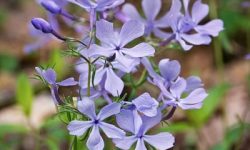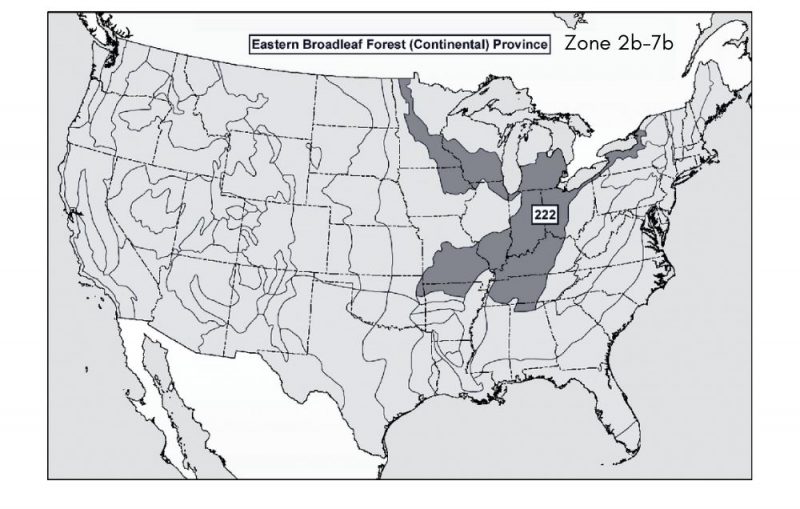
Pollinator Planting Guides
Support for pollinators is a joint effort – a partnership.
As of July 2022 Monarchs are now at critically low populations. As a flagship pollinator – one that attracts attention because of it’s beautiful colors and easier tracking methods – this news is a wake up call that we are losing pollinators at a fast rate. We need to add pollinator plants to our landscapes every year.
What We Need to Do Now
- Add plants into our landscapes so there is a succession of blooms spring through fall. You can use pollinator friendly annuals, perennials, shrubs, and trees to accomplish this.
- Reduce or eliminate the use of insecticides. Organic insecticides still kill beneficial insects. There are now studies that find that even if the plant isn’t blooming, pollinators will drink dew off of plant foliage. If it’s treated with insecticides it will kill them. If you do need to spray, avoid bloom time.
- Plant ecologically sound landscapes. Add a diverse mix of native plants into your landscape to bring in beneficial insects, birds, and pollinators. Predatory birds and insects are a great way to control damaging insects without the use of insecticides.
Plants to Add for Monarchs
Name – Bloom Time
Pale Purple Coneflower – Early-summer
Butterflyweed – Mid-summer
Milkweed – Mid-summer – Emphasis on Common Milkweed since they lay their eggs on it.
Black-eyed Susan – All summer
Joe Pye Weed – Late-summer
Blazing Star – Late-summer
Aster – Late-summer to fall
Monarda fistulosa – Late-summer to fall
Goldenrod – Late-summer to fall
Download image of Drummers “Plants that Attract Butterflies”
Pollinator Planting Guides
Click on a map to download the Ecoregional Planting Guide. Each guide will give you information on specific plant traits that pollinators prefer ( color, odor, pollen, nectar, flower shape ) as well as a list of plants to support pollinators in that region. There are many overlaps in plant varieties in these guides. We wanted to include specific regions because we have customers that are from nearby areas that may live in a different zone.
Mankato is zone 5a (was 4b) and in the Prairie Parkland Temperate Province.
Don’t have room for an in-ground pollinator garden? Check out the portable pollinator garden list from National Garden Bureau.


Sources: Pollinator Partnership. Selecting Plants for Pollinators, Prairie Parkland, Temperate Province. Published by Pollinator Partnership, San Francisco
Pollinator Partnership. Selecting Plants for Pollinators, Eastern Broadleaf Forest, Continental Province. Published by Pollinator Partnership, San Francisco, USA. https://www.pollinator.org/guides#about
ABOUT POLLINATOR PARTNERSHIP MISSION
“Birds, bats, bees, butterflies, beetles, and other small mammals that pollinate plants are responsible for bringing us one out of every three bites of food.
They also sustain our ecosystems and produce our natural resources by helping plants reproduce.
Without the actions of pollinators agricultural economies, our food supply, and surrounding landscapes would collapse.”
